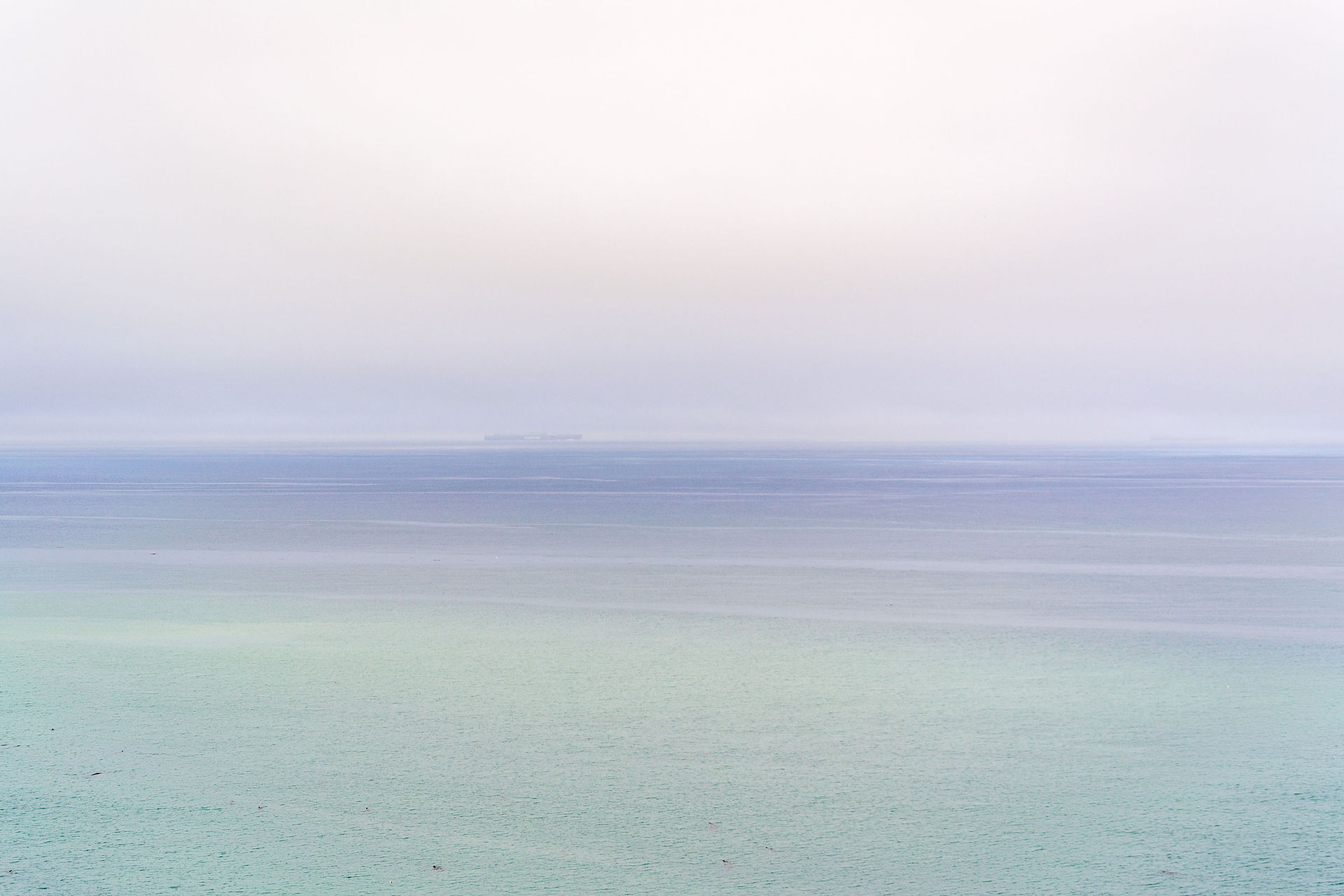How Cinema Twirls It
- ADITI MAZUMDER 2033137

- Mar 9, 2021
- 3 min read

“To dance is to be out of yourself, larger, more beautiful and more powerful.” Dance has always been a very integral part of the cinematic universe, a supreme form of artistic expression that has beautifully manifested itself in crafted sequences that evoke feelings of fascination, joy and despair, almost as the mirrored reflection of a character’s inner feelings. From the unforgettable sunset dance in Burning to John Travolta and Uma Thurman twisting in Pulp Fiction, the relation of dance and movies is like chai and pakoda to us, inseparable and wholesome.
Just like Rosie says “We dance to show God we are grateful to be alive”, Taika Waititi places dance at the centre of Jojo Rabbit where Jojo and Elsa open the door onto a post-Nazi world and dance. The street looks like a blank canvas and they fill it with the colours of freedom and happiness. Therefore, dancing becomes an act of rebellion in the face of tyrannical authority. Along the same lines, Rani gets drunk and lets go of herself while discoing to Hungama Ho Gaya. In this scene, Queen manages to break the stereotypes about Indian women and what the trajectory of their lives should be. Dance is liberating for her, just like it is liberating for Martin when he takes the leap of faith in the magnificent dance sequence of Another Round. With an emotional punch, the final act beautifully portrays his inner journey while What a Life plays in the background.
Dancing is also quite synonymous with celebration, a rhythmic outburst of passion and energy. Tracks with groovy beats coupled with extensive sets and bright colour palettes are like a swig of verve and vigour. In Maniratnam’s classic Chaiyya Chaiyya, we see a young, frivolous Amar dancing to beats of love and passion under the influence of youthful naivety while in Bhansali’s Udi, we see a vivacious Sophia dancing to flamenco in a bid to lift Ethan’s morbid spirits back to life alongside beautiful colour transitions.
Cinema is filled with examples of romantic, memorable dances that we all secretly dream of recreating in our own way. Not only are these brimming with love and longing, but they also become instrumental in highlighting important intersections in the narrative. For such reasons, A Real Party scene from Titanic is one that can’t be forgotten. Jack takes Rose to the third-class level and experiences a dance that is completely different from what she is used to, full of cheer and frolic. Another sequence that stood out for us is the club scene in Call Me By Your Name - the first real moment of closeness between Elio and Oliver - two queer characters who are testing out ways to nurture their growing intimacy, even if they have to navigate it wordlessly and out in the open. Dance can also be a medium to convey sexual desires and longing as seen in Hamri Atariya - an erotically charged number about a woman waiting for her lover as Madhuri Dixit elegantly showcases her dancing genius.

Dance has also been associated with the deeper emotions of life, an orchestrated spiral into the dark, deep recesses of one’s being. Like a bottle being uncorked and all repressed emotions let out in a frenzy. Cinema has used dance extensively in constructing story arcs where conflict, agony, rage, doubt have all found their liberation. In one of the most iconic scenes ever, Arthur Fleck’s dance down the staircase in Joker represents his descent into a state of no-control, a place where the frailties of his mind against a ruthless society finally find an expression. In an equally impactful sequence, as a traditional Kashmiri Bhand Pather adaptation of Hamlet’s monologue, Bismil in Haider uses martial art, puppetry and folk dance against an iconic location to allow us a peek into the conflicts going on in Haider’s mind.
Dance was also an integral cinematic motif in the masterpiece Black Swan, the film delves into the veiled aspects of a dancer’s life, the darkness which laid beneath the camouflage of glitz and glamour. Nina brought the character of White Swan to life with great finesse as it was a reflection of her own self, portraying innocence and elegance, but she was unable to pull off the dark, seductive and sly nature of the Black Swan. The film portrays a dichotomy between good and evil through Nina’s gracious manoeuvre and dramatic gesticulation. It lets the audience dive into a whirlwind of majestic ballet performances encapsulating visually appealing twirls and impeccable spins.






That part where you’ve mentioned that cinema is filled with memorable dance sequences which all of us secretly wish to recreate, omg that is so relatable! Can’t agree more! ;)
The resemblance of the feeling of each of the character is beautifully penned down! ❤️
Great work❤❤ loved ittttt!!
Amazing work guys!
Chaiyya Chaiyya ooof! ❤️🔥
All these scenes are so iconic, love this post!